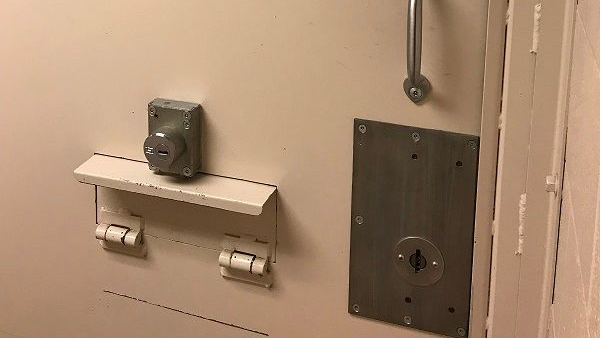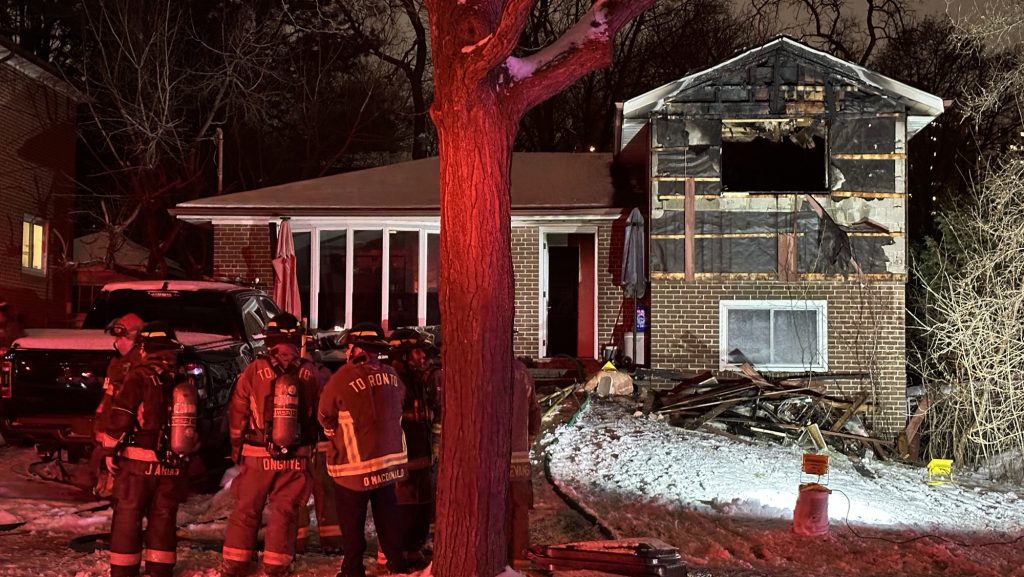Ontario expanding jails by several hundred beds to deal with overflowing institutions

Posted June 10, 2024 12:13 pm.
Last Updated June 10, 2024 2:37 pm.
Ontario will add more beds to its beleaguered jails, which are bursting with inmates, solicitor general Michael Kerzner said Monday.
The province intends to add several hundred spots throughout the system as it grapples with a surge of inmates over the past 18 months.
“We’re expanding and building facilities that will help front-line staff to do their jobs safely and effectively while increasing capacity to keep violent and repeat offenders off our streets,” Kerzner said.
The province’s jail population has spiked recently. Data obtained by The Canadian Press through freedom-of-information laws shows the vast majority of the province’s jails are over capacity.
Meanwhile, the province has said 81 per cent of inmates in provincial jails are awaiting trial and presumptively innocent. Those institutions hold people accused of a crime but not out on bail, as well as those serving sentences of two years less a day.
As of Sept. 30, 2023, there was an average of 8,889 people in provincial jails, well over the 7,848-person capacity. Overall, the jails were operating at 113 per cent capacity at that time.
Premier Doug Ford pledged in March to build more jails to deal with an influx of inmates, the vast majority of whom are innocent and awaiting trial.
Ontario will reopen two intermittent detention centres inside Toronto and London jails that had been closed in order to add up to 430 beds by 2026.
The province also intends to hire 200 correctional staff to deal with an influx of inmates, Kerzner said. The province will add 18 new beds at the Quinte Detention Centre in Napanee, Ont., and will add 184 beds to the new Brockville Correctional Complex.
The union representing correctional workers has long called for more staffing, more resources and more mental-health support as bursting jails coupled with long-standing staffing shortages have led to a human resources crisis within its ranks.
Correctional workers are increasingly assaulted and both operational stress injuries and post-traumatic stress disorders are on the rise. Suicides among correctional officers are also increasing, the union has said.
The union applauded the government’s expansion plans, saying the extra space for inmates is “desperately needed to help the significant overcapacity issues we’re seeing right across the province,” said Chad Oldfield, an OPSEU spokesman and correctional officer.
“This is definitely going to help give the staff on the front lines some additional tools that they need in order to do their jobs and to do them safely,” he said.
“Hopefully this will also help mitigate some of the violence against staff issues we are seeing regularly now.”
The extra space and staff will really help in the eastern, western and Toronto region jails, Oldfield said. But the same is needed in central and northern Ontario jails.
Maplehurst Correction Complex in Milton, Ont., was the most overcrowded last year, with an average inmate population of 1,188 but official capacity for 887 – meaning it was operating at 134 per cent capacity in 2023.
Elgin-Middlesex Detention Centre in London, Ont., was a close second at 133 per cent capacity, with an average 471 inmates while having operational capacity for 353.
South West Detention Centre in Windsor, Ont., was operating at 129 per cent capacity, with 337 inmates but space for only 262 people.
The province is currently building a new 345-bed jail in Thunder Bay, Ont., that will replace the current jail and double its capacity, at a cost of $1.2 billion. The government also plans to build a 235-bed jail in eastern Ontario but that project has met opposition from locals, who don’t want to see it built on prime farmland.








